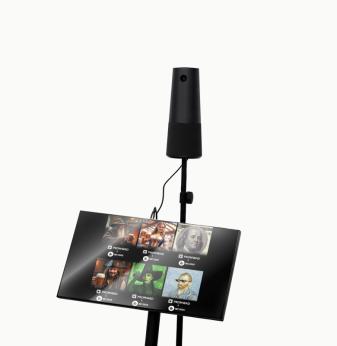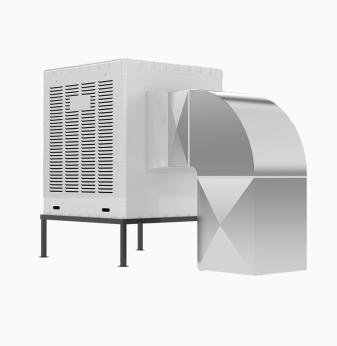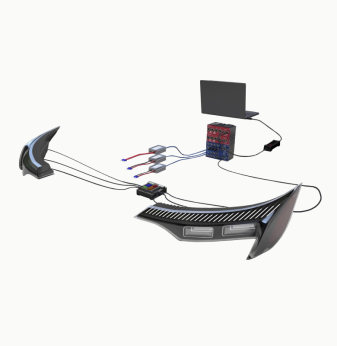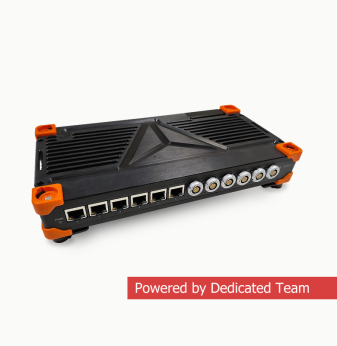Implementing Digital Signal Processing (DSP) Pipelines on Embedded Platforms
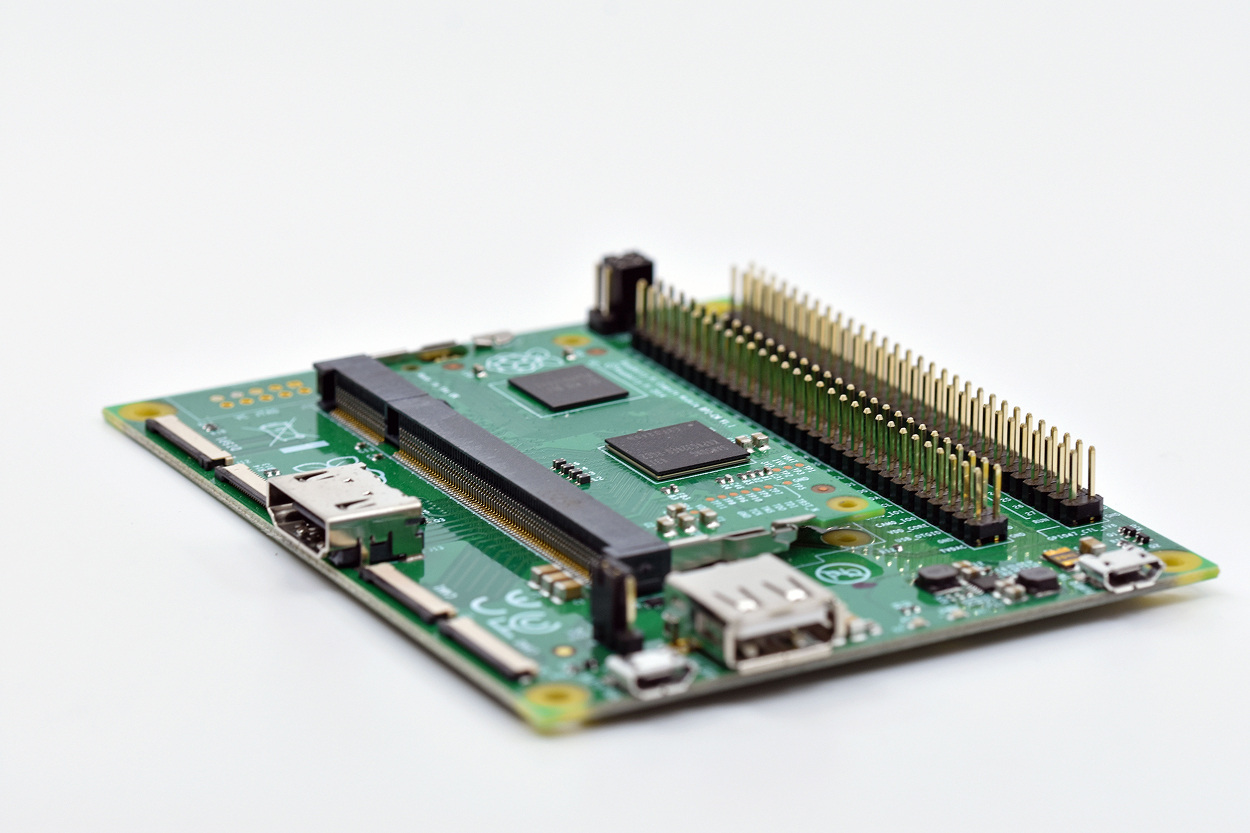
As embedded systems take on more real-time analytics, audio processing, machine vision, and industrial control, digital signal processing (DSP) is increasingly moving from the cloud or specialized DSP chips directly into embedded microcontrollers, SoCs, and FPGAs.
This transition opens new performance and cost advantages but also raises challenges around computational load, memory footprint, latency, and power consumption. In this article, we explore how engineers design and optimize DSP pipelines on embedded platforms — from algorithm partitioning to hardware acceleration.
Why DSP Matters in Embedded Systems
DSP transforms raw sensor data into actionable information. Examples:
- Filtering noise from accelerometer signals in wearables
- Performing FFTs on vibration sensors for predictive maintenance
- Decoding audio streams in smart speakers
- Image enhancement and feature extraction for industrial cameras
The shift toward edge computing means more of this processing happens locally on resource-constrained embedded devices.
Typical DSP Workloads on Embedded Hardware
Signal Conditioning and Filtering
- FIR / IIR filters remove noise and shape signals
- Windowing and smoothing functions for clean feature detection
Transform Domains
- FFTs (Fast Fourier Transforms) for spectral analysis
- DCTs in image compression (JPEG)
Feature Extraction
- Zero-crossing detection, peak detection in vibration analysis
- MFCCs (Mel-frequency cepstral coefficients) for speech recognition
Machine Learning Inference
DSP pipelines often feed ML models for classification (e.g. anomaly detection in industrial motors)
Choosing the Right Platform for Embedded DSP
Microcontrollers (MCUs)
- Popular for simpler audio filtering or sensor conditioning
- DSP extensions like ARM Cortex-M4/M7 with MAC instructions
- Typically use fixed-point arithmetic to save cycles and memory
SoCs with Dedicated DSP Blocks
- ARM Cortex-A with NEON SIMD units for parallel math
- TI Sitara, NXP i.MX with programmable DSP cores
- Suitable for multi-channel audio or higher bandwidth sensors
FPGAs
- Pipeline-heavy workloads like large FFTs or real-time video
- Parallel hardware blocks avoid CPU bottlenecks
- Lower latency than software implementations
GPUs / NPUs
Sometimes used in edge AI but overkill for many classical DSP tasks
Design Considerations for Embedded DSP Pipelines
Fixed vs. Floating Point
- Fixed-point is faster and uses less memory on MCUs
- Requires careful scaling to maintain precision
- Floating-point easier for development and accuracy, common in high-end SoCs
Memory and Buffering
DSP algorithms often need sliding windows and delay lines. Plan for circular buffers and efficient DMA transfers to avoid CPU stalls.
Latency vs. Throughput
Real-time control needs consistent low latency (e.g. <1 ms for servo loops). Batch analytics may prioritize throughput over immediate response.
Optimization Techniques
Use DSP-Optimized Libraries
CMSIS-DSP for ARM Cortex-M, TI DSPLib or Intel IPP for their respective platforms. These leverage hardware MACs, SIMD, and instruction scheduling.
Leverage Hardware Acceleration
Configure FPGA cores for FIR filters or FFTs. Use NEON intrinsics on ARM for parallel operations.
Code-Level Tricks
- Loop unrolling and inline functions
- Minimize branching to keep pipelines full
- Align data in memory to reduce cache misses
DMA and Double Buffering
Offload data transfers with DMA controllers. Use ping-pong buffers so processing overlaps acquisition.
Long-Tail Technical Questions and Answers
How to choose between MCU and FPGA for DSP?
Use MCUs for <100 kHz signals with modest filter needs. For complex, multi-channel processing (like vibration with 20+ sensors), FPGAs provide deterministic parallelism.
What’s the best way to implement FIR filters on a Cortex-M4?
Use CMSIS-DSP’s arm_fir_fast_q15 or similar. Arrange coefficients and samples in aligned memory. Consider block filtering for efficiency.
Can I run an FFT on a small microcontroller?
Yes, small 64-point or 128-point FFTs are feasible even on Cortex-M0/M3 with optimized libraries, provided you handle scaling carefully.
How to keep latency low in a DSP pipeline?
Minimize buffer lengths, use direct memory access (DMA), avoid large blocking operations. In critical loops, keep instruction paths predictable.
What about debugging DSP on embedded devices?
Use simulated data streams in MATLAB/Python first, then feed known inputs to the embedded pipeline and validate output logs over UART.
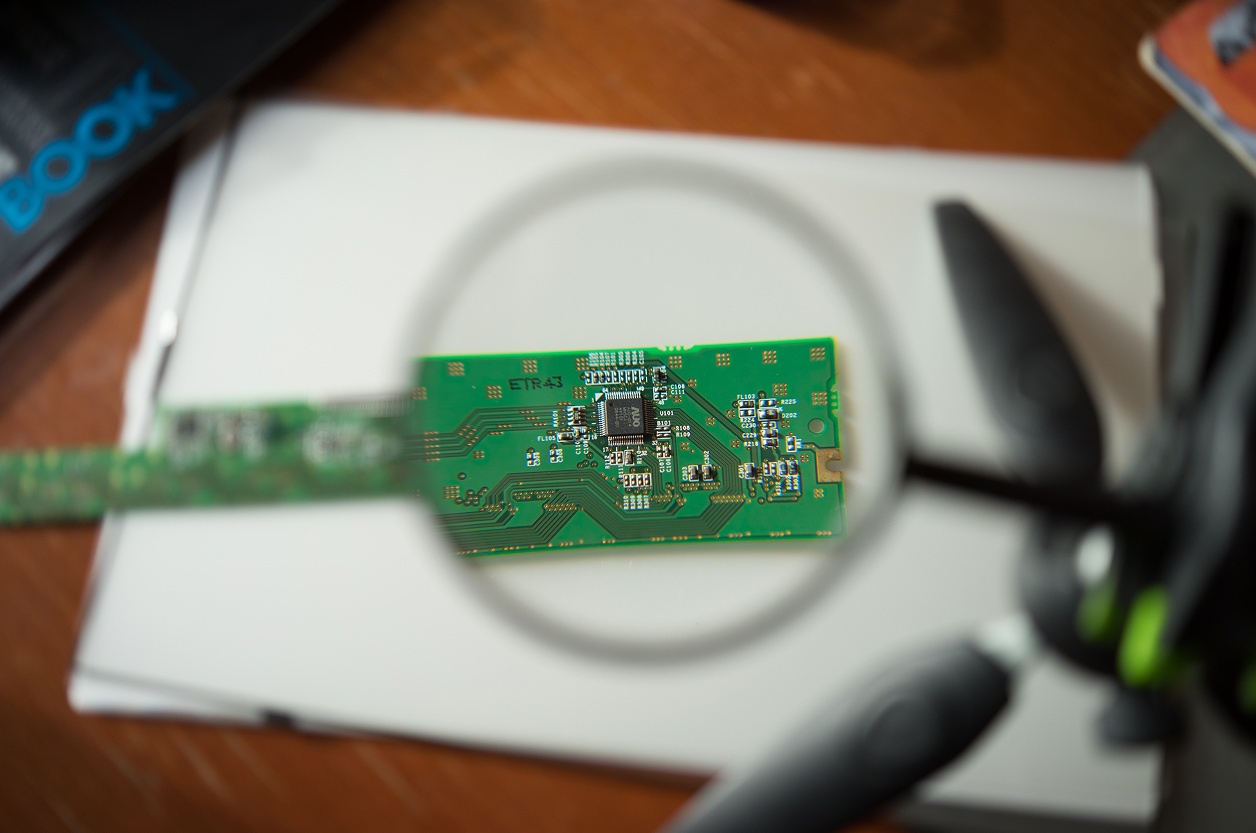
Example: Predictive Maintenance on Embedded DSP
An industrial vibration sensor module might:
- Acquire accelerometer data at 8 kHz.
- Apply a bandpass FIR filter to isolate bearing frequencies.
- Compute a 256-point FFT to detect harmonics indicating wear.
- Send RMS values and peak frequencies over CAN.
All performed in a low-power MCU with ARM DSP instructions, ensuring it can alert on anomalies without streaming raw data.
Future Trends in Embedded DSP
TinyML: Combining classical DSP pipelines with ML inference models running on microcontrollers.
Dynamic reconfiguration: FPGA systems loading different DSP cores as needed.
Hardware security integration: DSP chains that also check data integrity or cryptographically tag processed streams.
Conclusion: Building Robust DSP Pipelines on Embedded Systems
DSP is at the heart of modern edge intelligence, turning raw signals into meaningful metrics without waiting for cloud analysis. Whether you’re developing predictive maintenance nodes, smart microphones, or machine vision preprocessors, optimizing your embedded DSP pipeline is critical.
At Promwad, we help clients design embedded platforms — from MCU firmware to FPGA acceleration — ensuring your DSP workloads meet tight latency, power, and footprint requirements. If you're looking to bring smarter signal processing to your next device, we’re ready to assist.
Our Case Studies

